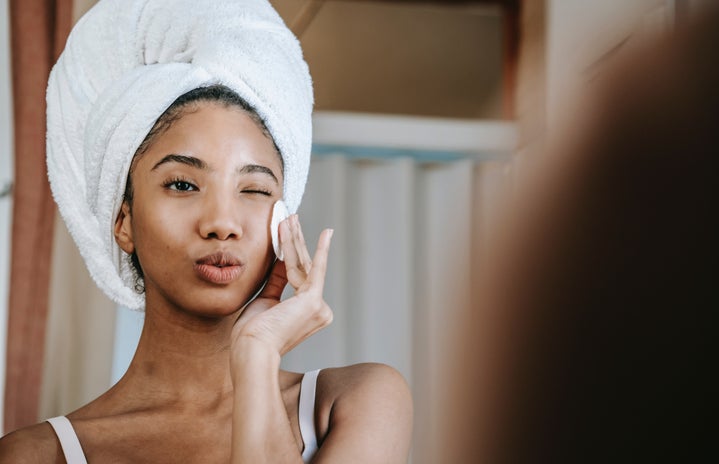“Shrink it and pink it” is a marketing mantra that businesses have been using for years to charge more for feminine hygiene products. This has led to what has commonly become referred to as pink tax: the tendency for businesses to make products and services marketed for women more expensive than they would be for men.
According to a survey conducted by Sanlam, 93,4% of women claim to spend over R100 on monthly toiletries, while only 76% of men spend the same amount. Even in categories such as medical screening and contraception, women still spend more. Only 16% of men spend over R1 500 per annum on medical screening, whilst over 30% of women claim to spend the same amount. At 56,4%, most men spend nothing on contraceptives every month, whereas 51.2% of women. 65% of women spend over R200 for a haircut compared to just 8% of men.
Still not convinced that pink tax is real? A Business Insider South Africa article shows that products for men and women are marketed differently, however, South African women are not the only ones who are affected by pink tax. Women all over the world are faced with the same problem. Here’s a 4-minute video of KCTVS News comparing prices between men and women products from different US stores.
Why does the pink tax exist? One common justification that businesses give is that they pay higher tariff on women’s clothing. Other justifications are the cost of fragrances, special packaging, and higher design costs. According to The Ascent by Motley Fool, Michael Cone, a trade lawyer who spent years researching the practice of pink tax, told CNN he was convinced this was a case of price gouging. In other words, most businesses see pink tax as a way to make money.
It is worth noting that because of the gender pay gap, women still earn less than men. According to Stats SA’s Inequality Trends report, women earn on average 30% less than men in the same job. This translates into lower lifetime pay for women, they also experience higher poverty rates than men. Pink tax simply adds to the economic inequality between men and women.
How to avoid/combat pink tax
-
When buying shampoos, conditioners, and lotions, sniff the men’s version to find another fragrance that appeals to you.
-
Support companies that are taking a stand against pink tax
-
Buy gender-neutral items when possible
-
Compare prices when shopping
-
Start a site and upload photos of products that have unequal pricing like a women’s rights group did in France. Publicly shaming companies may have a positive impact.
-
Start a hashtag on twitter and use it to raise awareness
If you buy women’s products such as feminine hygiene items, clothing, razors, body wash and “female” products such as toys for your child, then you are paying the pink tax. Like many social ills, pink tax won’t just vanish unless we do something about it. Raising awareness and calling out companies that practice it can help combat it.


